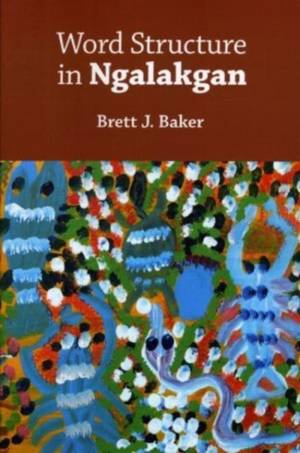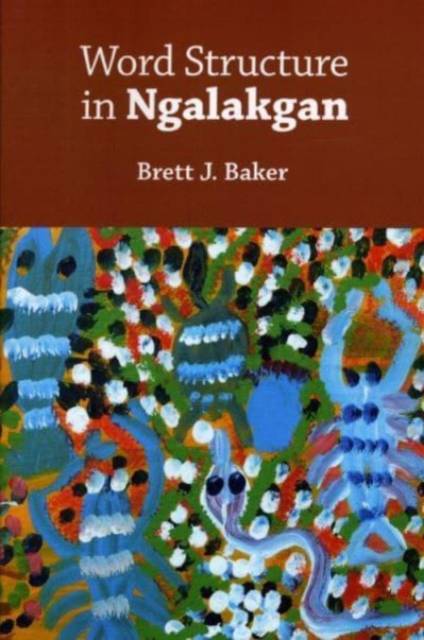
Bedankt voor het vertrouwen het afgelopen jaar! Om jou te bedanken bieden we GRATIS verzending (in België) aan op alles gedurende de hele maand januari.
- Afhalen na 1 uur in een winkel met voorraad
- In januari gratis thuislevering in België
- Ruim aanbod met 7 miljoen producten
Bedankt voor het vertrouwen het afgelopen jaar! Om jou te bedanken bieden we GRATIS verzending (in België) aan op alles gedurende de hele maand januari.
- Afhalen na 1 uur in een winkel met voorraad
- In januari gratis thuislevering in België
- Ruim aanbod met 7 miljoen producten
Zoeken
Omschrijving
Word Structure in Ngalakgan is the first major theoretical work on the phonology and morphology of an Australian language in 20 years. Ngalakgan is a non-configurational, polysynthetic, and agglutinative language of the Gunwinyguan family. The morphological structures of Ngalakgan require a two-level analysis: ROOT-level and WORD-level. Only the WORD-level shows regular phonologically conditioned alternations. The ROOT-level is entirely frozen. Baker demonstrates that Optimality Theory must take account of differences in the productivity of morphological relations in the input, in order to maintain the simplest analysis. Ngalakgan has a quantity-sensitive stress system which is hitherto undescribed and which contradicts the predictions of current Moraic Theory. Syllables closed by codas which share place with a following onset do not count as heavy even though heterorganic codas do. The same system is found in neighbouring languages. This and other patterns suggest that syllabification in these languages is gesture-, rather than timing-, based.
Specificaties
Betrokkenen
- Auteur(s):
- Uitgeverij:
Inhoud
- Aantal bladzijden:
- 346
- Taal:
- Engels
Eigenschappen
- Productcode (EAN):
- 9781575865621
- Verschijningsdatum:
- 1/06/2008
- Uitvoering:
- Paperback
- Formaat:
- Trade paperback (VS)
- Afmetingen:
- 155 mm x 228 mm
- Gewicht:
- 480 g

Alleen bij Standaard Boekhandel
+ 97 punten op je klantenkaart van Standaard Boekhandel
Beoordelingen
We publiceren alleen reviews die voldoen aan de voorwaarden voor reviews. Bekijk onze voorwaarden voor reviews.









